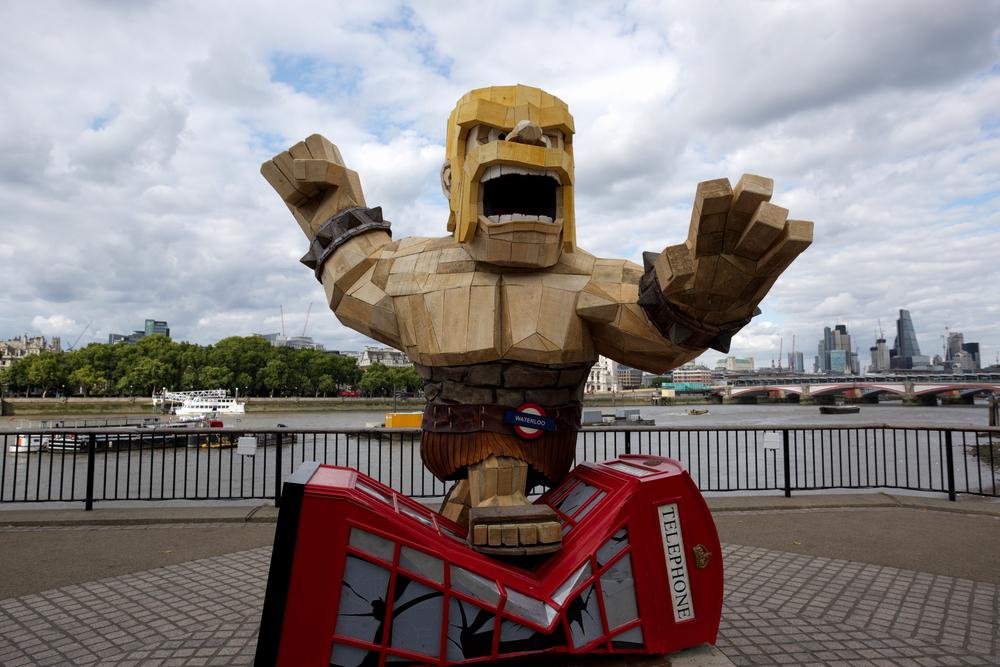
Is Chess Barbaric?
The title of this article might surprise you. Indeed it sounds like an oxymoron. How can such a noble, royal game be barbaric?
Well, the traditional definition of chess is a trifecta of art, science and sport. If you are mostly oriented toward the element of sport, then you probably know what I am talking about. Bobby Fischer always emphasized the killer instinct a chess player must have in order to reach the top. His historic opponent, Boris Spassky, agrees: "To be a world champion you have to be something of a barbarian. You must have a well-developed killer instinct."
This cruel aspect of professional chess is something most people are unaware about. When my student WIM Naomi Bashkansky won the World School Chess Championship Under 13 last year, the local TV station King 5 News invited us for an interview. We were talking for about 40 minutes, discussing the long road it took us from the moment we started working together when Naomi was just six years old till winning the title.
Guess what they published on their website?
When Naomi Bashkansky is on the verge of striking, her opponent won’t see it coming. “She’s a ‘Terminator’ – no emotions. She just kills people,” chess grandmaster and Bashkansky’s longtime coach Greg Serper said. The 13-year-old Bellevue girl doesn’t disagree. “I squeezed them,” Bashkansky said of her actions

When you read it, this part sounds more like the world of WWE! But I guess this is what the TV folks thought was the most interesting part of the interview.
So, how do you play barbaric chess? Well, the definition of the world "barbaric" is savagely cruel, exceedingly brutal. This is how you play your chess; you don't give your opponent an easy life, you torture him whenever possible. If you don't do that, he will!
Here is an episode that can give you a glimpse into the mind of super-GMs.
In the position on the diagram above, Kasparov sealed his move 44.Kf5 but since home analysis showed that Black can survive in all the variations, he offered a draw without resuming the game. In his book about the match Kasparov severely criticized this decision, calling it a huge psychological mistake. He explains that even though the position is drawish, the defense still required precise moves. So, Karpov would have drained his energy, which is very important in a match. According to Kasparov, after such a long defense the opponent is tired and therefore, in the next game, he lacks energy. In conclusion Kasparov mentions that as a punishment for his premature draw offer, he had to suffer in the very next game.
This is actually a very common occurence in chess: when you refuse to press forward in a favorable situation at least trying to torture your opponent, you get punished in the next game. The first example that comes to mind is this one:
In this clearly favorable situation, having more time than his opponent, GM Leko offered a draw. Why? Well, he was leading in the match and after this draw he needed just one point out of two games to become the new world champion. We all know what happened next: Kramnik won the last game of the match and successfully defended his title. I am absolutely sure that had Leko kept playing in the final position of the game above he would have won the match. It is not even about the result of that particular game! By letting your opponent go so easily you just give him psychological initiative and rightfully get punished afterwards.
Here is a more recent example:
This is the first round game of the World Cup 2017. White offered a draw, which was promptly accepted. It is a big question if Black's initiative compensated for the pawn. But I have a simple question: did Muhammad Khusenkhojaev hope to get a better position to play for a win in the next game, while playing Black against an opponent 330 rating points higher than him? You shouldn't be surprised by the outcome of the second game:
A similar mistake caused GM Svidler's elimination from the World Cup:
Black's draw offer here surprised everyone. Why not try to convert the extra pawn or at least to torture the opponent? Now compare it to the very next game the opponents played:
While the position after 35 moves is pretty much drawish, MVL tortured his opponent for over 40 moves! Even in a dead-drawn theoretical position with a bishop of the wrong color he didn't offer a draw, but stalemated his opponent. This was his way to say: I am in charge!
As Kasparov explained in his book, such a long defense drains a chess player's energy, so it is not surprising that the last game of the match Svidler played below his usual level. But of course, MVL deserves the full credit for it!
The lesson here is simple: If you want to achieve the highest chess results you have to have the killer instinct! Use any opportunity to strike and torture your opponent whenever possible!



